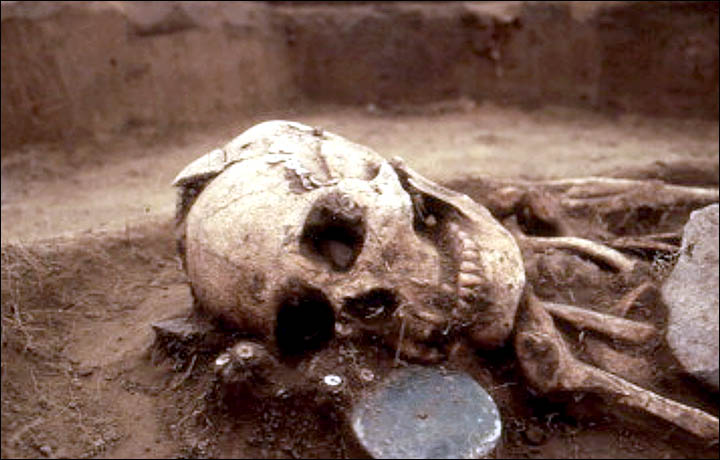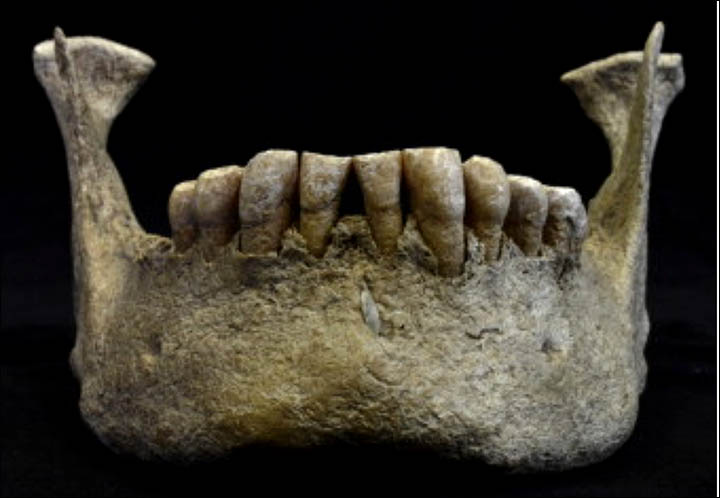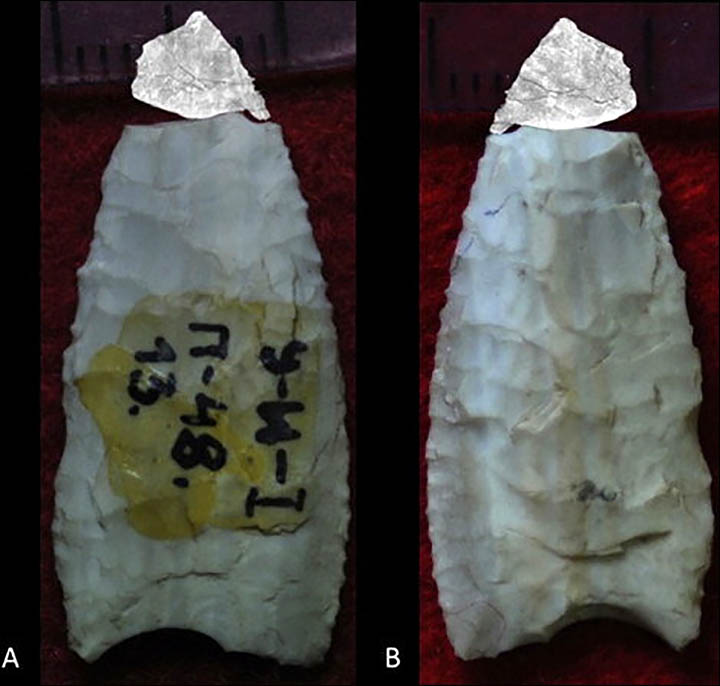(and dental secrets from around 4,000 years ago)
By The Siberian Times reporter
23 June 2014
Power of science brings to life our past from 'unique' skull discovered in a grave northwest of Lake Baikal.

This specimen really intrigued me,' said bioarchaeologist Angela Lieverse, associate professor at the University of Saskatchewan. Picture: Canadian Light Source
The extraordinary ability of modern scientists to play the role of detectives delving into the deep past is highlighted by work of Canadian experts in co-operation with their Russian colleagues on the skull of a man from the early Bronze Age - some 3,995 to 4,420 years ago.
The man was aged 35 to 40, the evidence suggests he did not die a natural death.
'This specimen really intrigued me,' said bioarchaeologist Angela Lieverse, associate professor at the University of Saskatchewan. 'I've known about this skull for about ten years and there are a couple things about it that are fascinating.'
One was that the man was missing two front teeth on the lower jaw.
The other was an obvious stone projectile tip embedded in the exact same spot where the two incisors should be.
'We knew there was a projectile, we could see it, but we didn't know if it occurred years before the individual died or if it happened around the same time as his death. I suspected it happened earlier and had something to do with the very unusual missing teeth.'


The lower jaw, and the segmented tip digitally merged with photograph of the broken projectile point recovered from the left orbit; (a) ventral surface; (a) dorsal surface. Pictures: Canadian Light Source
However, Lieverse's team reconstructed the arrowhead fragment using advanced imaging techniques. The results were startling.
'We discovered that the missing teeth had nothing to do with the projectile,' she said.
It turned out 'that this individual had a rare case of agenesis - where the two central incisors never formed, a genetic trait that affects less than half of a percent of all people.'
The projectile tip was found to be a broken piece of the arrowhead that was placed in the eye socket.
Lieverse suspects that the arrowhead was removed from the man's face, either during a struggle or before the burial.
'We know that the people of the Baikal region had a very little history of violence. This is one of only three specimens dating to this period that have any evidence of violence at all.
'A projectile point fired into somebody's face is probably not an accident. You can say with some certainty there is an intention of violence there.'
The skull was found 'buried ceremoniously with a nephrite disk and four arrowheads, one of which was broken and found in the eye socket.
'Unlike most hunter-gatherer societies of the Bronze Age, the people of the Baikal region of modern Siberia (Russia) respected their dead with formal graves',
reported PhysOrg.com. 'This particular specimen was so unique that bioarchaeologist Angela Lieverse travelled across the world just to bring it back to the Canadian Light Source synchrotron for examination'.
No comments:
Post a Comment